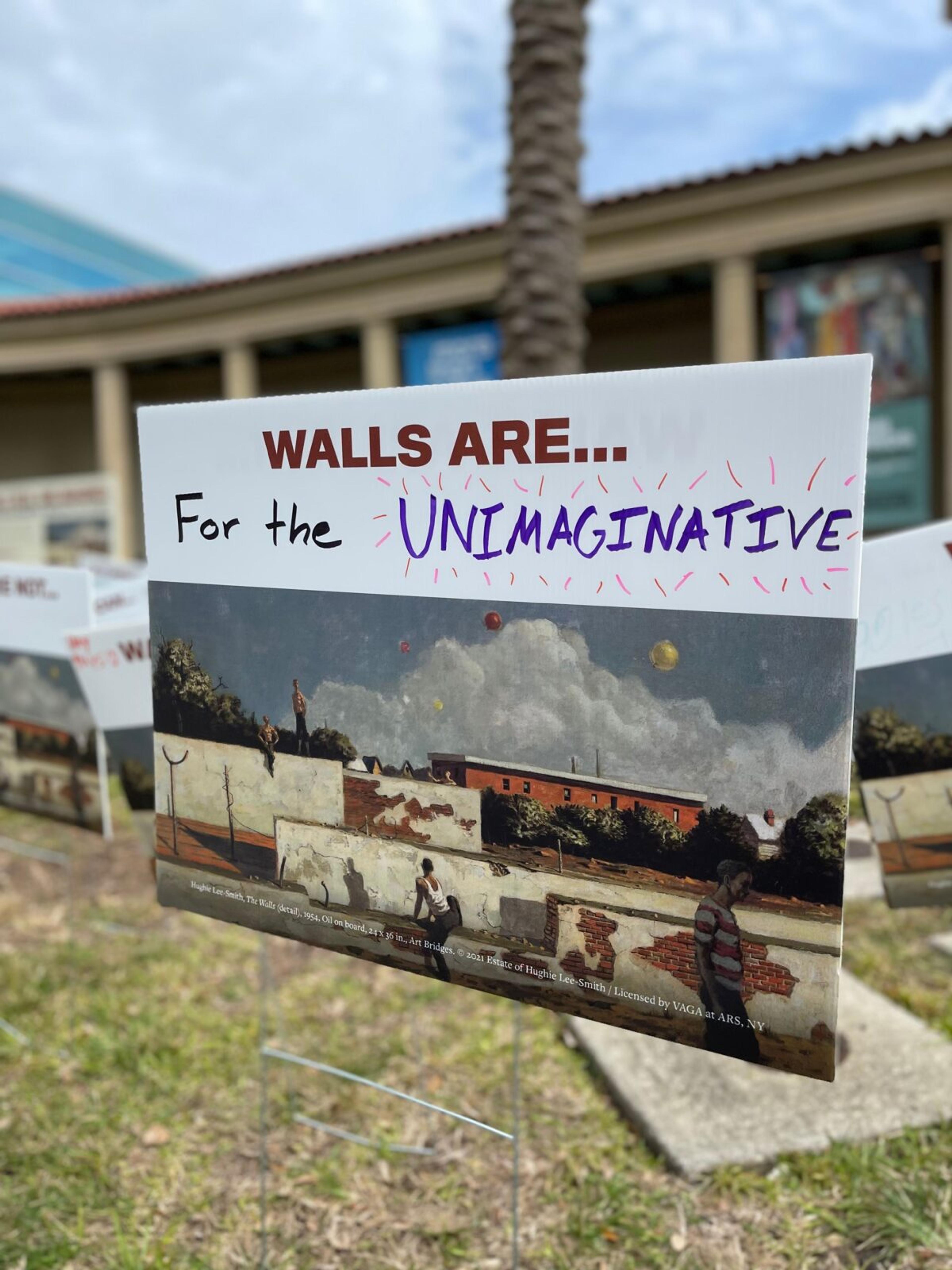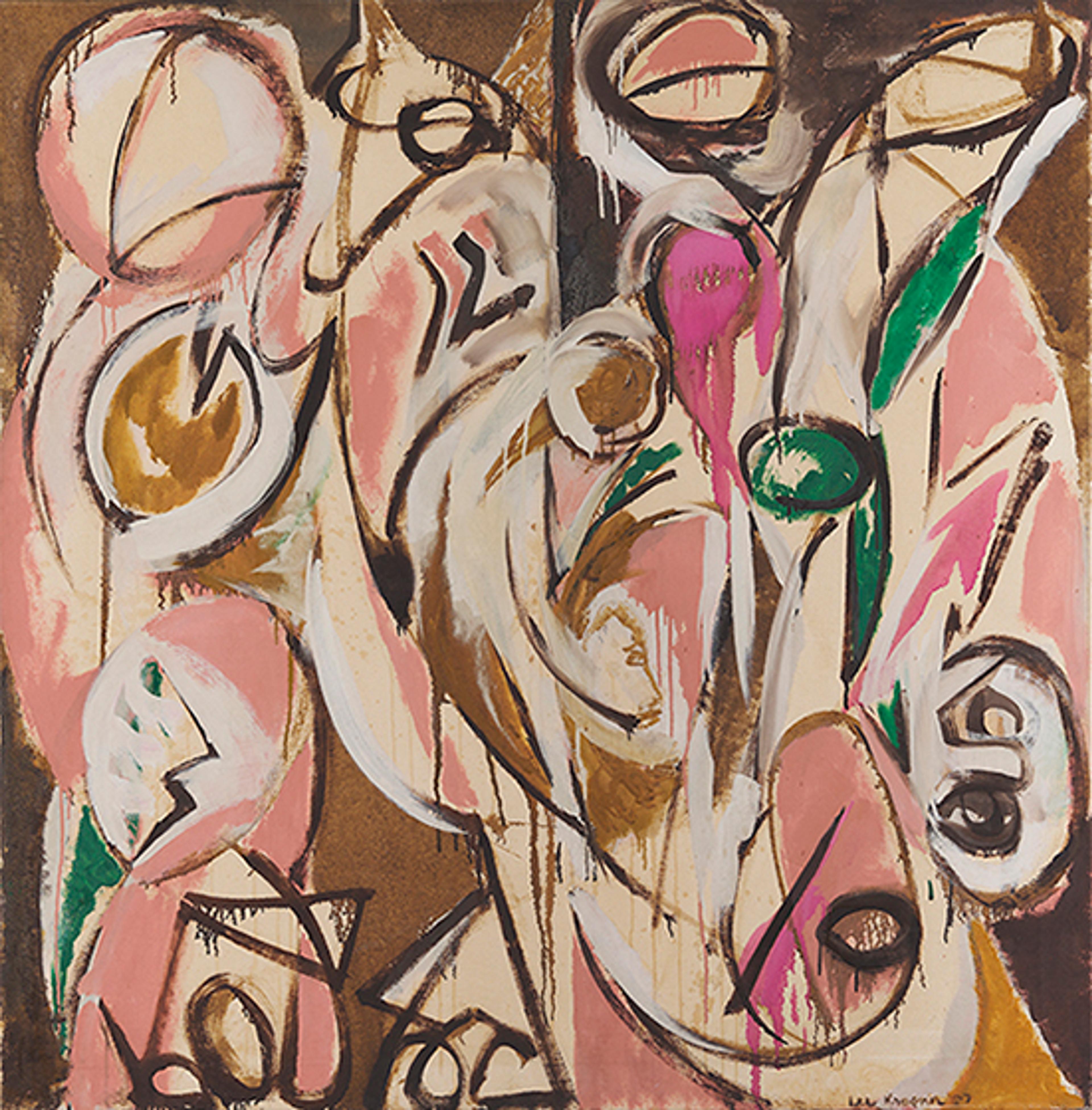
Jacob LawrenceIn the Heart of the Black Belt
About
Jacob Lawrence created his most prolific works of social realism in the mid twentieth century; under the last vestiges of the Harlem Renaissance and in the early beginnings of modern abstraction. Lawrence's relationship to both movements birthed his unique approach to narrative portraiture.
This work is part of a ten-painting series by Lawrence, created for Fortune magazine. The series documented the experience of Black southern life. While working on the paintings, Lawrence observed that "Negroes ... are working hard to obtain equality of economic, educational, and social status, which has been denied several millions of Negroes over three hundred years."
In this work, travelers are seen boarding vehicles and anxiously anticipating their journeys. The posture of his figures, their intermittently downcast faces and workman's attire evokes the reality of Black life.
Artist
Jacob Lawrence
Dimensions
20 × 24 in. (50.8 × 61 cm)
Credit Line
Art Bridges
Date
1947
Medium
Tempera on board
Object Number
AB.2020.3
Signed
l.r., in black paint or ink: JACOB LAWRENCE / 1947
Inscriptions
verso, u.l.: The Downtown Gallery, New York [old paper label] verso, u.c.: The Downtown Gallery, New York [old paper label]
Provenance
to (Downtown Gallery, New York, NY); to Betty Jane Cook, 1951; by bequest to Orange County Museum of Art, Santa Ana, CA, 1991; to (Sotheby’s Inc., New York, NY); purchased by Art Bridges, TX, 2020
Artwork Gallery
Partner Story
Thinking Outside the Box at the Museum of Fine Arts St. Petersburg
Through its partnership with Art Bridges, the , in Tampa Bay, Florida sought to engage local and diverse communities by highlighting artworks by artists who have been historically underrepresented in museums. By borrowing five paintings from the Art Bridges collection, the MFA St. Petersburg aimed to expand upon traditional art historical narratives and deepen conversations on race, gender, and regional identity by featuring works by BIPOC, LGBTQ+, and women artists.


